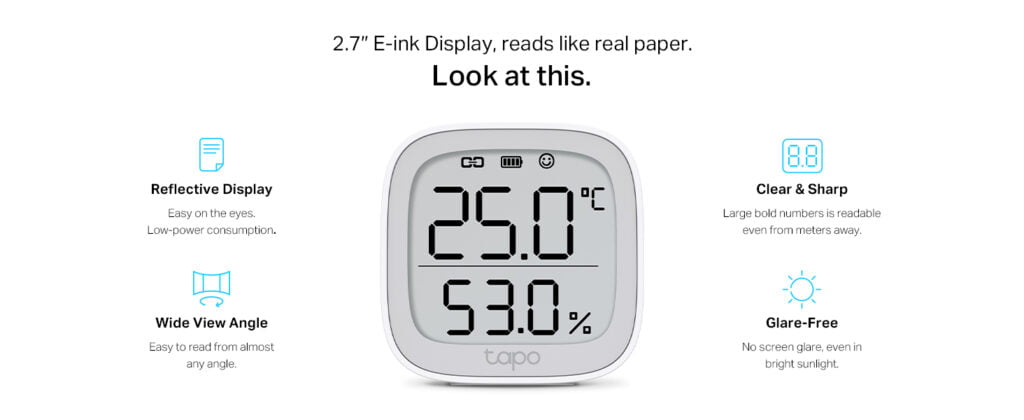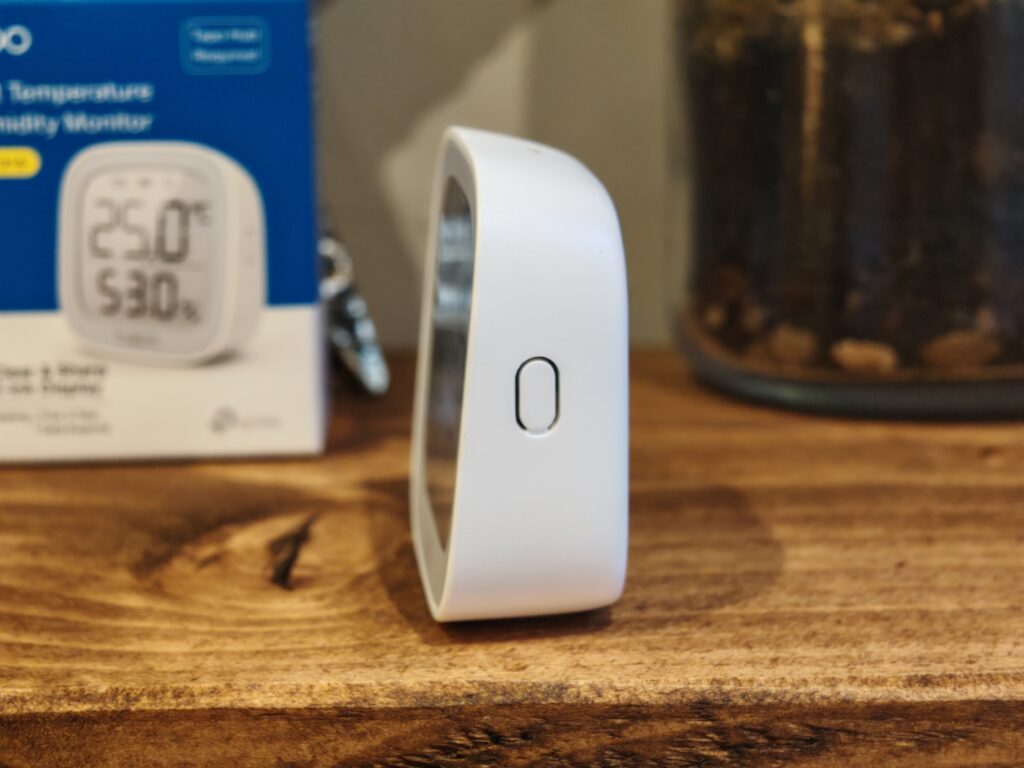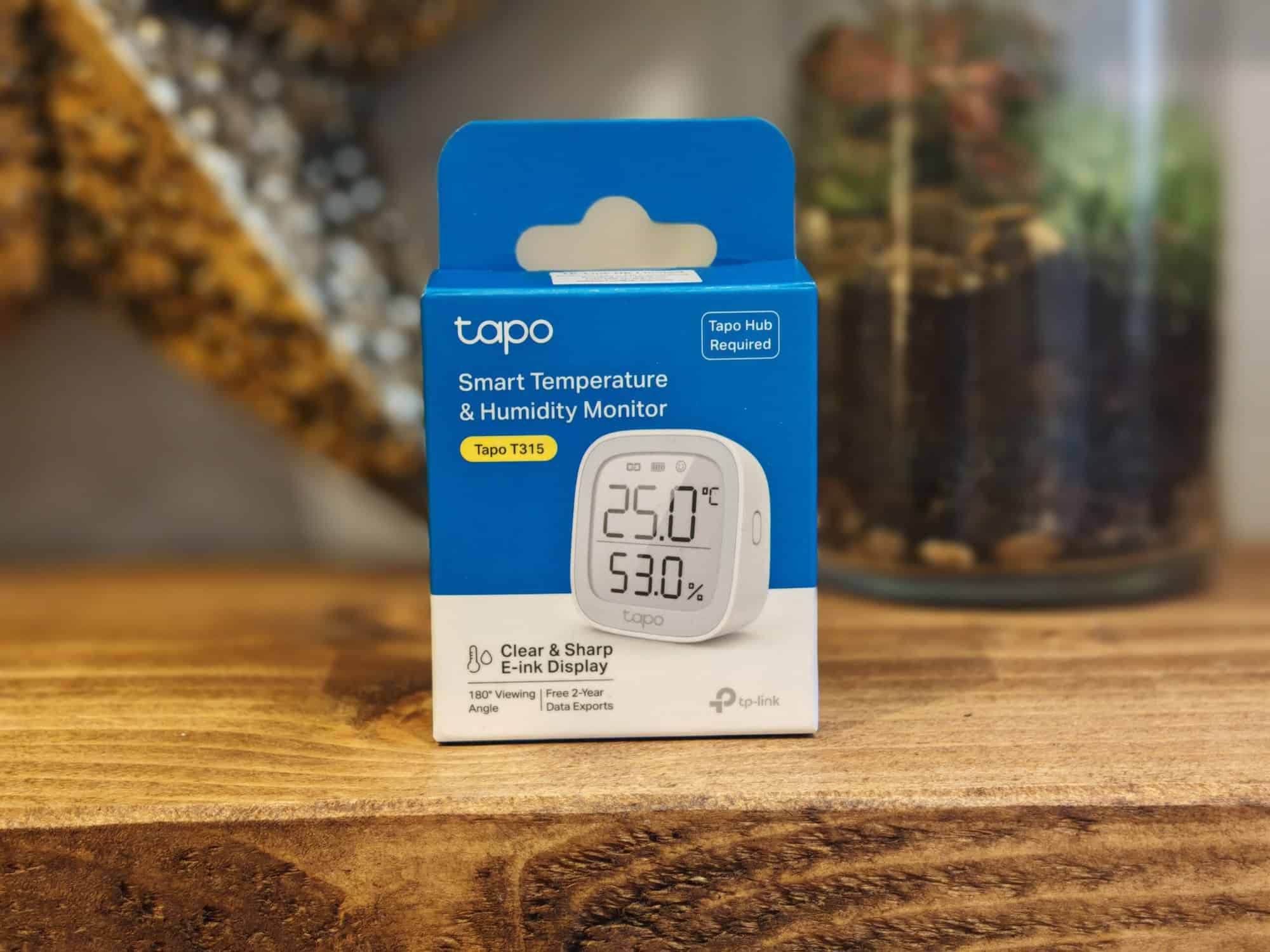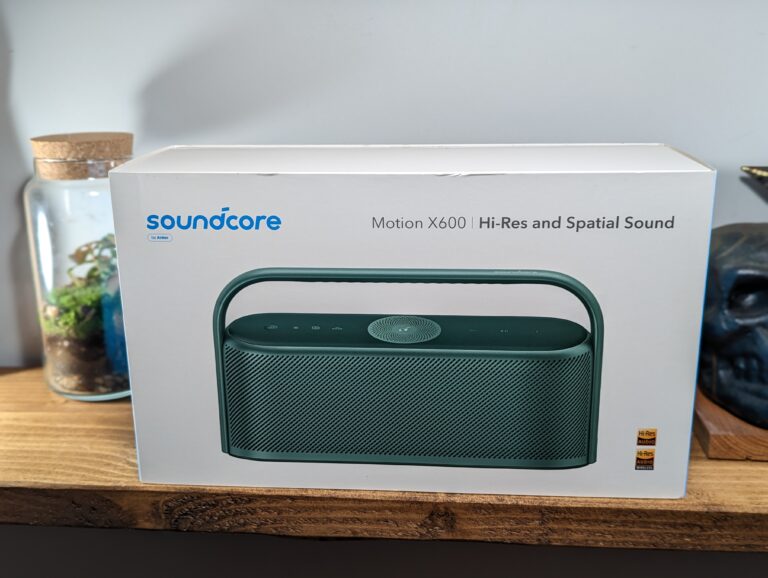Any links to online stores should be assumed to be affiliates. The company or PR agency provides all or most review samples. They have no control over my content, and I provide my honest opinion.
At the end of 2023, I reviewed the TP-Link Kasa KE100 radiator valve and had very mixed feelings towards it. It is fantastic value for money, but at the time, it was not compatible with the TP-Link Tapo H100 hub, and I went on to criticise the mess of Kasa and Tapo interoperability.
Recently, things have changed, and you can now use the KE100 with any of the Kasa or Tapo hubs and TP-Link seems to have significantly improved the interoperability between the two systems. They have even rolled out Matter to the Tapo H100 hub.
This, therefore, changed my overall opinion of the KE100, and the whole Kasa/Tapo situation is substantially better.
I now think that the KE100 TRV is one of the best smart thermostatic radiator valves on the market due to the attractive pricing of the valve itself, the corresponding sensors and the interoperability between different smart home ecosystems due to the Matter support.
I have now committed to using the KE100 on my bedroom radiators and office, as these are only used occasionally and on schedule, which I manually set to match my Tado settings.
To complement the system, I bought the TP-Link Tapo T315 Temperature & Humidity, which allows me to get more accurate temperature readings.
Features

- The Tapo H100 Smart Hygrometer provides real-time and accurate monitoring of temperature and humidity levels. With a claimed measurement accuracy of ±0.54°F and ±3% RH, it should offer reliable readings.
- It has a 2.7-inch e-ink display that shows the current temperature and humidity levels. It also indicates the comfort level using facial expressions, along with the battery condition and WiFi signal strength.
- For home automation, the device can automatically turn connected devices on or off, such as a heater, fan, humidifier and more. This aims to optimise comfort levels and potentially save energy.
- You can receive app notifications when conditions fall outside a predefined range. This allows you to take action if levels become uncomfortable.
- It offers free cloud storage for the recorded temperature and humidity data. The app also provides periodic summaries in graph format for analysis.
- You will need a Tapo hub (H100 or H200) is required to enable the full smart features. This includes remote monitoring, automation, data export and more.
Design / Unboxing

The Tapo T315 is similar to many other temperature and humidity sensors, such as the SwitchBot Meter Plus.
It is a simple design and uses an e-ink display to conserve battery. The e-ink is also good as it does not give off any light, so you can use it in a bedroom without disturbing you, and it is glare-free.
The display has a row each for the temperature and humidity sensor, then an additional row with indicators for the battery, paired status and a smiley/frowny face to indicate the comfort levels.

The sensor is powered by two AAA batteries, which should last up to two years. This is double the battery life compared to the sensors I used on my Genius Hub system and around 6 months longer than the Tado temperature sensor.
Set-Up
As I already had the Tapo H100 hub set up, I just had to go into the app, select add a new sensor, then the T315 and select the correct hub to attach it to. You then put the sensor into pairing mode by holding down the sync button on the sensor and wait for it to connect.
Linking to TP-Link Kasa Smart Thermostatic Radiator Valve KE100
I find that most smart TRVs can give inaccurate temperature readings by a couple of degrees when heating. I assume this is because the sensor is closed to where the heat is being given off.
Therefore, adding an additional sensor gives more accurate readings and in my case, I keep the sensor on my office desk so it should be accurate for where I am sat.
Within the settings of the KE100, if you go to temperature correction, you have the option to switch from the built-in sensor to a designated sensor where you can assign the T315.
Adding to Home Assistant Through Matter
I experienced some problems with the hub and sensor with Matter and Home Assistant. I have found Home Assistant can be quite temperamental with Matter.
With this hub, the app was able to identify the hub and started to generate the credentials but then kept informing me to connect to the correct WiFi, even though I was on it.
However, I was easily able to add the hub to Google Home and SmartThings. You can then integrate the hub with Home Assistant via SmartThings.
Performance
The sensor has an accuracy of:
- Temperature Accuracy: ±0.3°C /±0.54°F
- Humidity Accuracy: ±3%RH
In comparison, the SwitchBot Meter Plus is:
- Temperature Accuracy: ±0.2℃ / 0.4℉
- Humidity Accuracy ±2 %
And the SwitchBot Indoor/Outdoor Thermo-Hygrometer is
- Temperature Accuracy: ±0.2℃ / 0.4℉
- Humidity Accuracy ±2 %
I also have the Airthings View Plus in my office, which has an accuracy of:
- Temperature ∓ 0.1°C / F
- Humidity ∓1%
During the past couple of weeks, I have used the T315, and I have found the heating performance to be much more reliable, with the sensor providing the accurate temperature for the TRV.
The temperature of the T315 matches my Airthings almost perfectly, whereas the Switchbot hub, which is stuck on my wall a bit higher up, registers around 2°C lower than the Tapo.
Even though the official accuracy of the Tapo sensor isn’t as good as some of the other sensors, it is perfectly adequate for improving the accuracy of room temperature readings.
Price and Alternative Options
The TP-Link Tapo T315 has an RRP of £30 but is available on Amazon for around £23.
There is also the Tapo T310 sensor, which lacks a display and is available for just £13.
The SwitchBot Smart Thermometer Hygrometer Plus is available for just £22 and the IP65 rated Indoor Outdoor Hygrometer Thermometer is a bargain at £12. With SwitchBot, if you want to use Matter, you’d need the SwitchBot Hub 2, which is around £64.
Overall
The TP-Link Tapo T315 is a basic and affordable temperature sensor with a display that compliments the other Tapo sensors well.
It is a perfect pairing with the Kasa KE100 radiator valve, as it allows you to get accurate temperature readings for where you sit.
The main thing for me is that both the KE100 valve and T315 are significantly cheaper than a valve plus sensor from brands like Tado and other whole-home heating solutions. You obviously don’t get boiler control using Tapo, but I think the KE100 valve is a perfect affordable alternative for lesser-used rooms where you may be happy using a set schedule rather than on-demand heating.
TP-Link Tapo T315 Review
Summary
The TP-Link Tapo T315 is a basic and affordable temperature sensor with a display that compliments the other Tapo sensors well.
It is a perfect pairing with the Kasa KE100 radiator valve, as it allows you to get accurate temperature readings for where you sit.
Overall
90%-
Overall - 90%90%
Pros
- Affrodable and accurate sensor
- Pairs well with the KE100 for accurate room heating
Cons
- I had some issues importing the hub and sensor with Matter into Home Assistant
I am James, a UK-based tech enthusiast and the Editor and Owner of Mighty Gadget, which I’ve proudly run since 2007. Passionate about all things technology, my expertise spans from computers and networking to mobile, wearables, and smart home devices.
As a fitness fanatic who loves running and cycling, I also have a keen interest in fitness-related technology, and I take every opportunity to cover this niche on my blog. My diverse interests allow me to bring a unique perspective to tech blogging, merging lifestyle, fitness, and the latest tech trends.
In my academic pursuits, I earned a BSc in Information Systems Design from UCLAN, before advancing my learning with a Master’s Degree in Computing. This advanced study also included Cisco CCNA accreditation, further demonstrating my commitment to understanding and staying ahead of the technology curve.
I’m proud to share that Vuelio has consistently ranked Mighty Gadget as one of the top technology blogs in the UK. With my dedication to technology and drive to share my insights, I aim to continue providing my readers with engaging and informative content.








“I find that most smart TRVs can give inaccurate temperature readings by a couple of degrees when heating. I assume this is because the sensor is closed to where the heat is being given off.”
yes that’s exactly the problem.
with this sensor, it says “Matter Compatible” but also that the tapo hub is required. is that really the case? I though the whole point of thread/matter was to avoid that
Yep, it is.
It does not have a Thread, which is why it needs a hub.
Obvs Thread/Matter equipped devices are the ideal scenario, but Matter does make integrating into other systems much easier.
I’d also guess that many brands will be reluctant to truly embrace Thread as they will want to keep users locked into the proprietary system to a certain degree with hubs. Even if that’s not the case, I think it is going to take a long time for Thread to become well established.